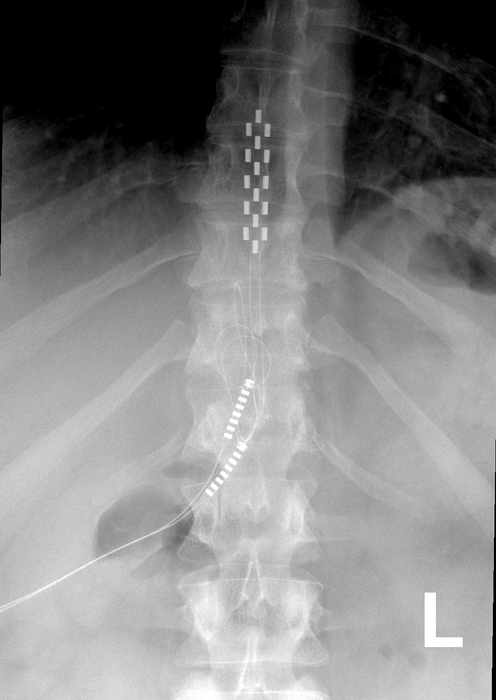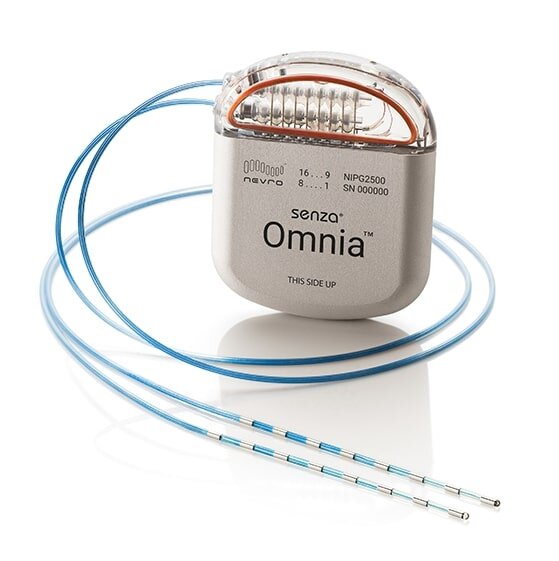Neurological Conditions Now Leading Cause of Chronic Illness
/By Pat Anson, PNN Editor
The number of people living with neurological conditions such as migraine, diabetic neuropathy, epilepsy, stroke and dementia has risen significantly over the past 30 years, making it the leading cause of chronic illness worldwide, according to a new analysis published in The Lancet Neurology.
An international research team estimates that over 3.4 billion people – about 43% of the global population – had a neurological condition in 2021, replacing cardiovascular disease as the leading cause of poor health.
“The worldwide neurological burden is growing very fast and will put even more pressure on health systems in the coming decades,” said co-author Valery Feigin, MD, Director of the National Institute for Stroke and Applied Neuroscience at Auckland University in New Zealand.
“Yet many current strategies for reducing neurological conditions have low effectiveness or are not sufficiently deployed, as is the case with some of the fastest-growing but largely preventable conditions like diabetic neuropathy and neonatal disorders. For many other conditions, there is no cure, underscoring the importance of greater investment and research into novel interventions and potentially modifiable risk factors.”
A total of 37 disorders affecting the brain and nervous system were included in the study. Collectively, the nerve disorders are responsible for 443 million years of healthy life lost due to illness, disability or premature death, known as disability-adjusted life years (DALYs).
Tension-type headaches (about 2 billion cases) and migraines (about 1.1 billion) are the two most common neurological disorders, while diabetic neuropathy is the fastest-growing one. Painful stinging or burning sensations in the nerves of the hands and feet are often the first symptoms of diabetes.
“The number of people with diabetic neuropathy has more than tripled globally since 1990, rising to 206 million in 2021,” said co-senior author Liane Ong, PhD, from the Institute for Health Metrics and Evaluation at University of Washington. “This is in line with the increase in the global prevalence of diabetes.”
Over 80% of neurological deaths and disability occur in low- and middle-income countries, with western and central sub-Saharan Africa having the highest DALY rates. In contrast, high-income countries in the Asian Pacific and Australasia regions had the lowest rates.
“Nervous system health loss disproportionately impacts many of the poorest countries partly due to the higher prevalence of conditions affecting neonates and children under 5, especially birth-related complications and infections,” said co-author Tarun Dua, MD, Unit Head of WHO’s Brain Health unit.
“Improved infant survival has led to an increase in long-term disability, while limited access to treatment and rehabilitation services is contributing to the much higher proportion of deaths in these countries.”
Medical providers specializing in neurological care are unevenly distributed around the world, with wealthy countries having about 70 times the number of specialists as low-income ones.
Researchers say prevention needs to be a top priority in addressing the growth of neurological conditions. Some disorders, such as stroke and chronic headache, are potentially preventable by lowering risk factors such as high blood pressure, smoking and alcohol use.
The study was funded by the Bill and Melinda Gates Foundation.




















